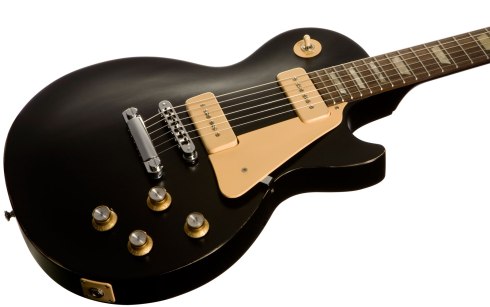The Gibson Les Paul was the result of a design collaboration between Gibson Guitar Corporation and the late jazz guitarist and electronics inventor Les Paul. In 1950, with the introduction of the Fender Telecaster to the musical market, electric guitars became a public craze. In reaction, Gibson Guitar president Ted McCarty brought guitarist Les Paul into the company as a consultant. Les Paul was a respected innovator who had been experimenting with guitar design for years to benefit his own music. In fact, he had hand-built a solid-body prototype called “The Log”, a design widely considered the first solid-body Spanish guitar ever built, as opposed to the “Hawaiian”, or lap-steel guitar. This guitar is known as “The Log” because the solid core is a pine block whose width and depth are a little more than the width of the fretboard. Although numerous other prototypes and limited-production solid-body models by other makers have since surfaced, it is known that in 1945–1946, Les Paul had approached Gibson with “The Log” prototype, but his solid body design was rejected.
In 1951, this initial rejection became a design collaboration between the Gibson Guitar Corporation and Les Paul. It was agreed that the new Les Paul guitar was to be an expensive, well-made instrument in Gibson’s tradition. Although recollections differ regarding who contributed what to the Les Paul design, it was far from a market replica of Fender models. Since the 1930s, Gibson had offered electric hollow-body guitars, such as the ES-150; at minimum, these hollow-body electric models provided a set of basic design cues to the new Gibson solid-body, including a more traditionally curved body shape than offered by competitor Fender, and a glued-in (“set-in”) neck, in contrast to Fender’s bolt-on neck joint design.

Leave a comment